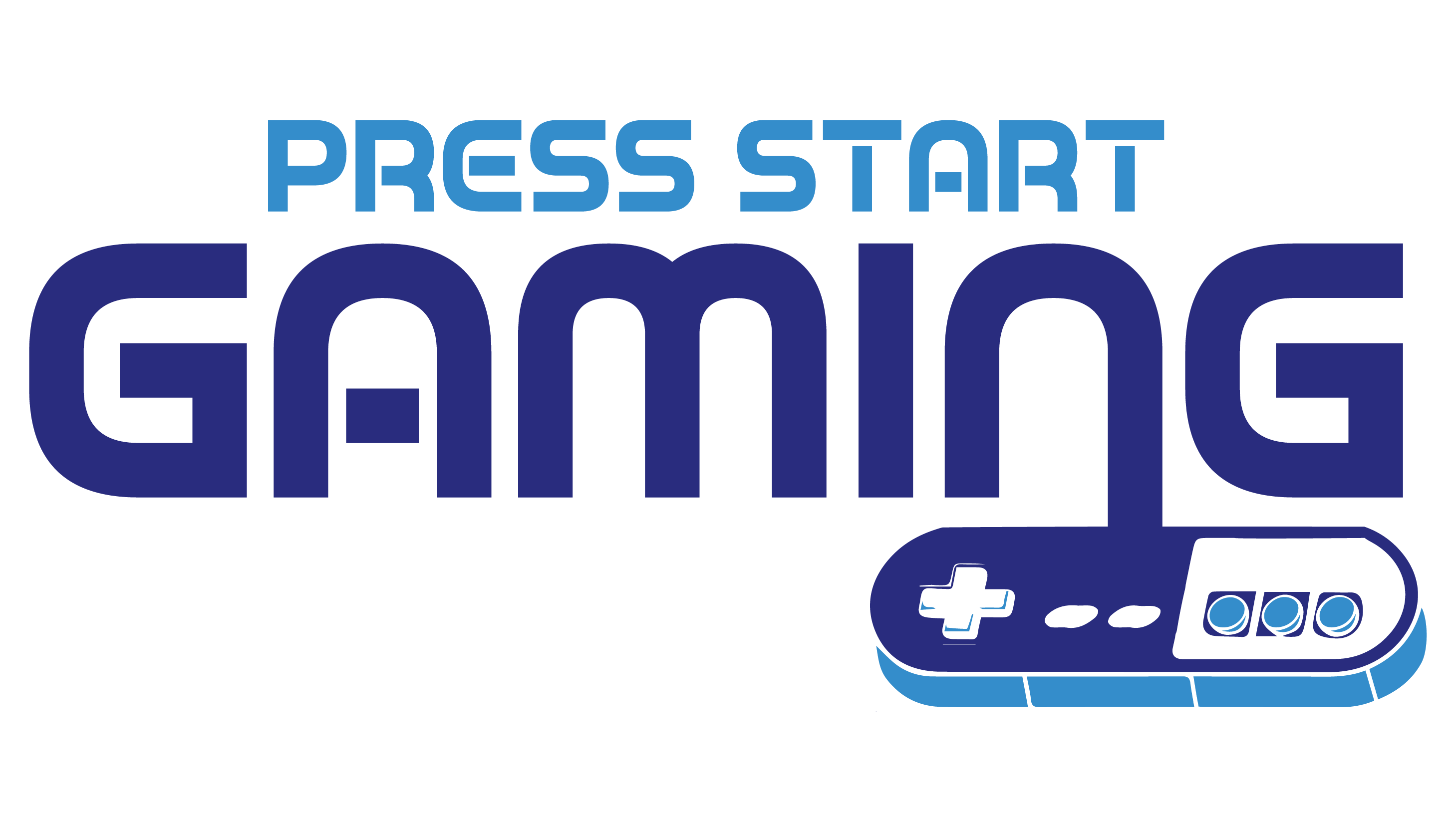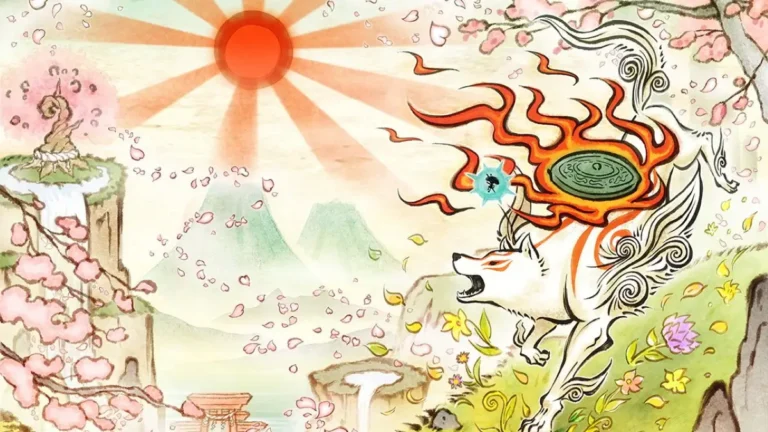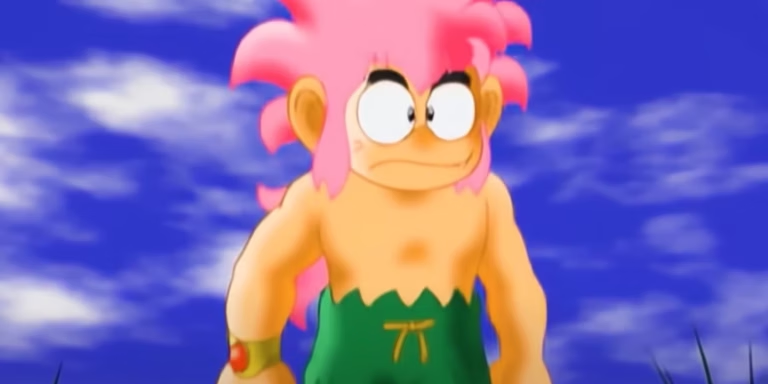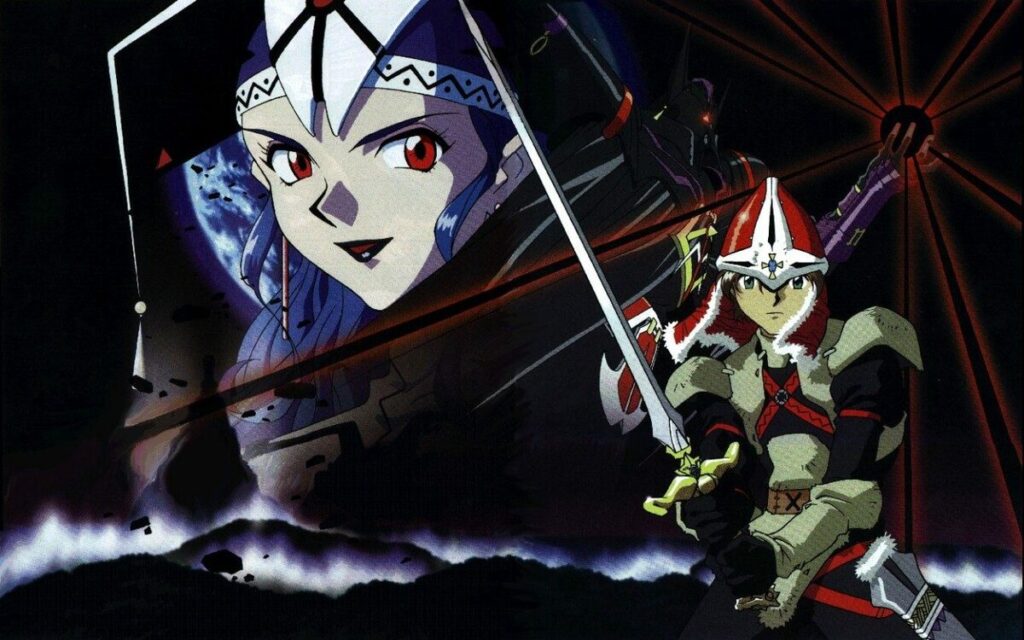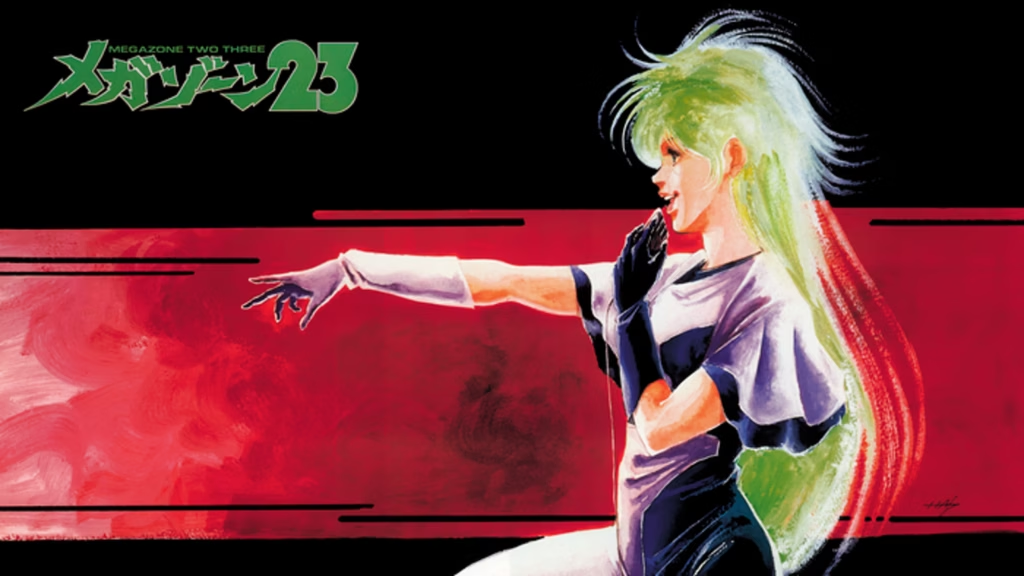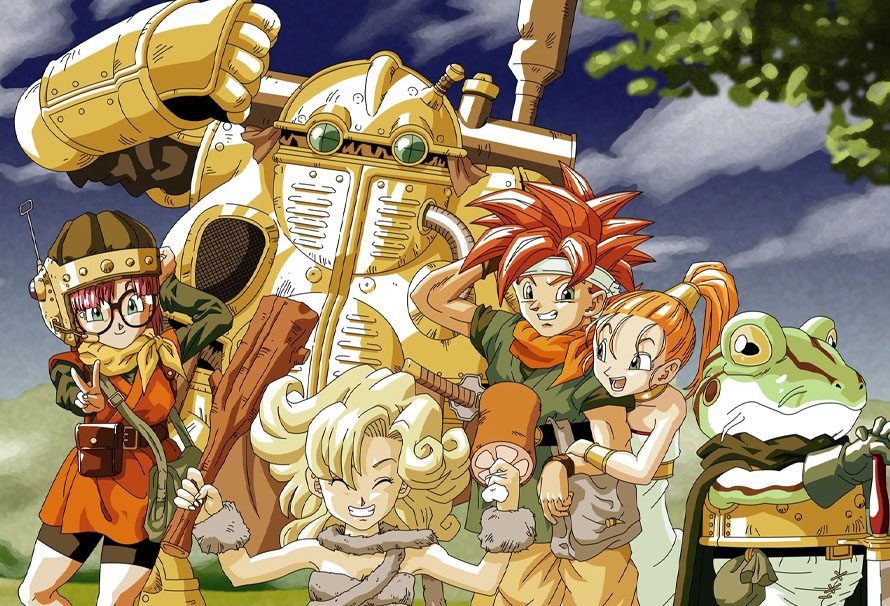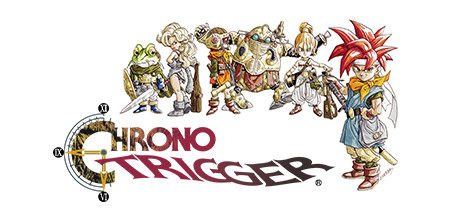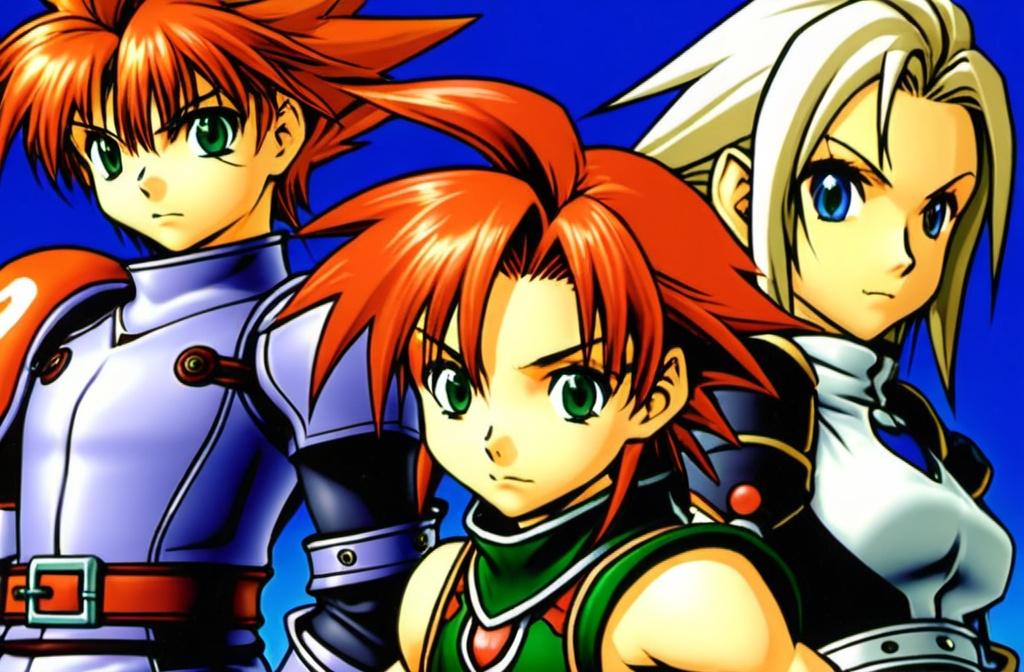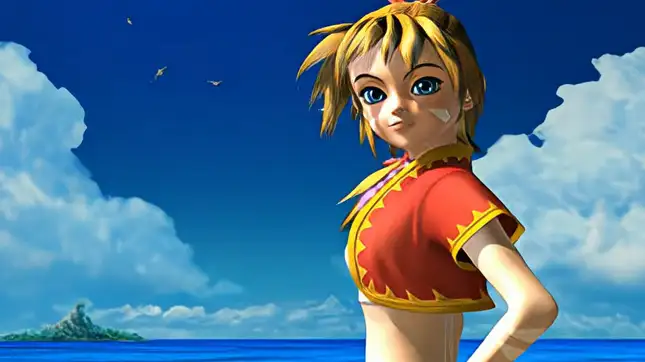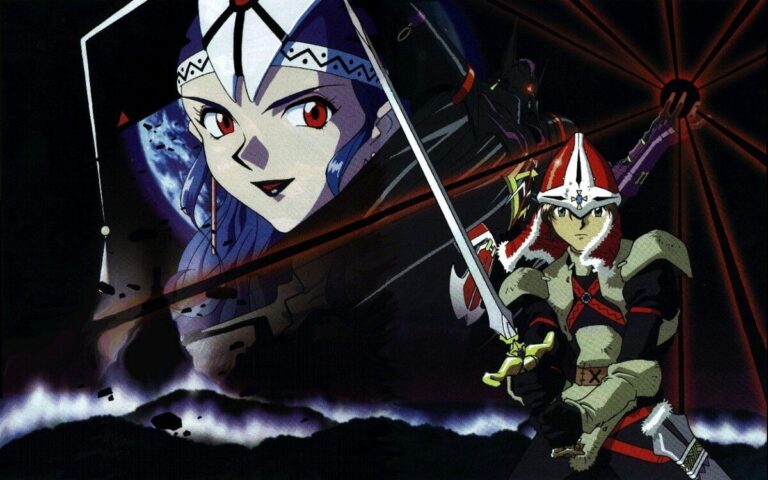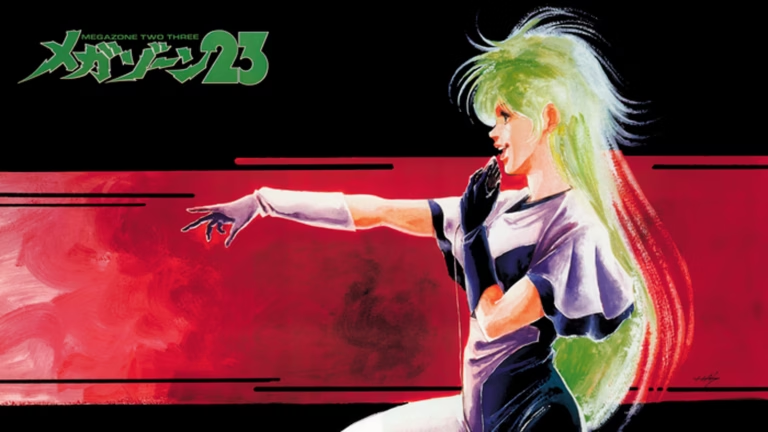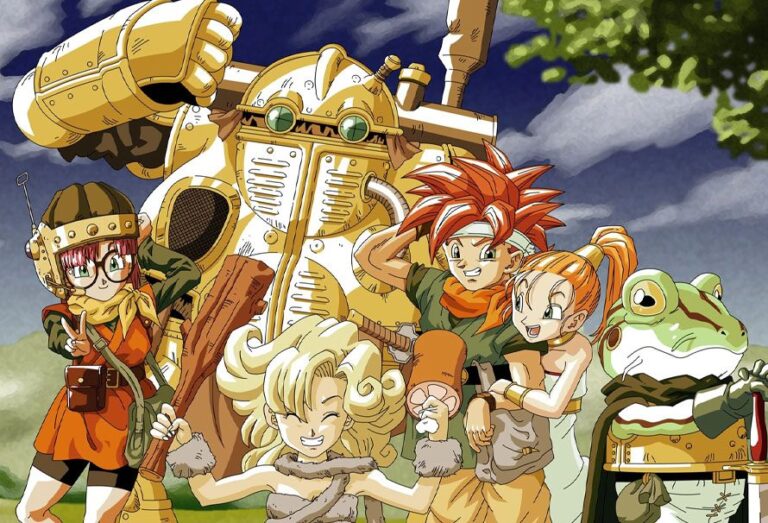Platform | PlayStation |
|---|---|
Publisher | Konami |
Genre | Roguelike RPG |
Release Date | 11/13/1997 |
Azure Dreams is a captivating role-playing game that seamlessly blends elements of roguelike gameplay with simulation aspects. Originally released for the PlayStation in 1997 by Konami, Azure Dreams quickly established itself as a cult classic due to its unique mechanics and engaging storyline. This article delves into the intricate details of Azure Dreams, examining its story, gameplay, graphics and sound, and its overall legacy and reception.
Story
Azure Dreams is set in the desolate town of Monsbaiya, a settlement that thrives on the edge of a mysterious and ever-changing monster tower. The tower is a source of both fortune and danger, as it is filled with monsters and treasures. The story follows a young boy named Koh, whose father, Guy, was a legendary monster tamer who disappeared in the tower. On Koh’s fifteenth birthday, he gains the ability to enter the tower himself, setting off on a quest to discover the fate of his father while seeking his own fortune and glory.
The narrative of Azure Dreams is compelling due to its dual focus. Not only does it explore Koh’s adventures within the tower, but it also delves into his life in Monsbaiya. The player must navigate the social dynamics of the town, build relationships with its inhabitants, and participate in various town activities. This duality provides a rich storytelling experience that keeps players invested in both the overarching quest and the nuanced daily life of Koh.
Gameplay
Azure Dreams offers a unique blend of roguelike dungeon crawling and life simulation. The gameplay can be divided into two main components: exploring the monster tower and managing life in Monsbaiya.
Exploring the Monster Tower
The tower is a randomly generated dungeon where each floor presents new challenges, including stronger monsters and valuable items. Players must navigate through these floors, battling monsters and collecting items necessary for survival and progression. The roguelike aspect of Azure Dreams is evident as the tower resets every time Koh leaves or is defeated, which means players start from the first floor without any of their previously acquired items or money.
Monsters play a crucial role in the gameplay. As a monster tamer, Koh can recruit monsters to aid him in battle, each with unique abilities and characteristics. These monsters can be leveled up, equipped with items, and even fused to create stronger allies. The strategic depth of managing monster teams adds a layer of complexity to the dungeon-crawling experience.
Life in Monsbaiya
Outside of the tower, players engage in a life simulation aspect that involves improving the town of Monsbaiya. Koh can invest in various town projects, such as building new facilities and upgrading existing ones, which directly affect the town’s prosperity and the services available to the player.
Additionally, the game incorporates social elements, allowing players to build relationships with different town residents, including romantic pursuits. These interactions can unlock new events, provide valuable items, and enhance the overall game experience.
Graphics and Sound
Azure Dreams, released during the late 1990s, showcases the graphical capabilities of the PlayStation. The game employs a vibrant and colorful art style that complements its fantastical setting. Character sprites are well-designed, and the monster designs are diverse, each with distinct appearances that add to the game’s charm.
The sound design in Azure Dreams is equally noteworthy. The soundtrack features a mix of whimsical and adventurous tunes that perfectly accompany the gameplay. Each piece of music is carefully crafted to enhance the mood, whether it be the mysterious ambiance of the tower or the lively bustle of Monsbaiya. Sound effects are also well-implemented, providing satisfying audio feedback during battles and interactions.
Legacy and Reception
Upon its release, Azure Dreams received generally positive reviews from critics and players alike. Its innovative blend of RPG and simulation elements was praised for providing a refreshing experience. The randomly generated tower and the monster taming mechanics were highlighted as standout features that offered significant replayability.
Azure Dreams’ unique combination of gameplay styles has influenced subsequent games in the genre. Its legacy is evident in later titles that incorporate similar mechanics, proving its impact on game design. Although it didn’t achieve mainstream success, Azure Dreams developed a devoted fan base that appreciates its charm and depth.
In terms of legacy, Azure Dreams was eventually ported to the Game Boy Color with altered gameplay mechanics to suit the handheld platform. While the port was less well-received due to its limitations compared to the original, it still served to introduce the game to a broader audience and maintain its presence in the gaming landscape.
Conclusion
Azure Dreams remains a beloved classic in the RPG genre, primarily due to its innovative gameplay and engaging storyline. Its blend of roguelike dungeon crawling and life simulation offers a unique experience that has stood the test of time. Despite being released over two decades ago, its influence is still seen in modern games that attempt to merge different gameplay styles.
The game’s impact is not just limited to its mechanics; the storytelling and character interactions provide a rich narrative that enhances player immersion. Azure Dreams is a testament to the creativity of its developers and continues to be a cherished title among fans.
Overall, Azure Dreams has left a lasting legacy in the world of RPGs, remembered for its originality and the unique experience it offers to players. Its cult status ensures that it will be celebrated and revisited by fans and newcomers alike for years to come.
